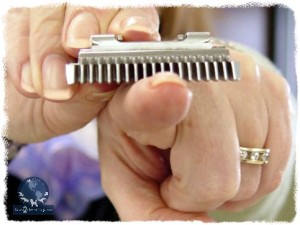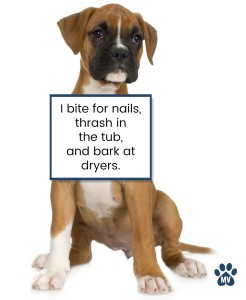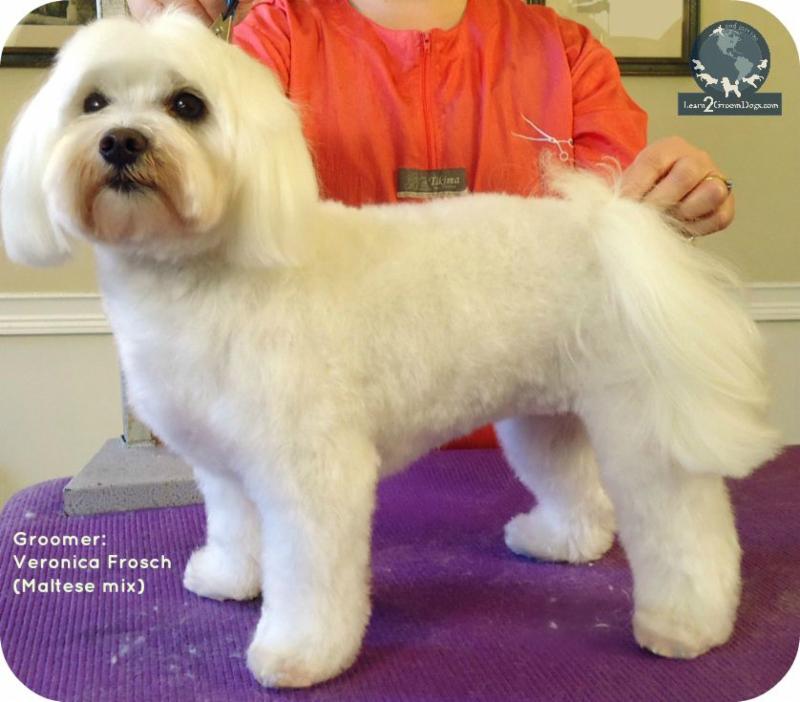 “Give my dog a puppy cut.”
“Give my dog a puppy cut.”
Ask 10 customers or groomers to describe this style and I bet you get 10 different answers. One one hand, it’s a great conversation starter! On the other, it’s a quick way to discover how easy it is to misunderstand one another.
The puppy cut is popular because it works well on a wide variety of pets. Almost any breed that grows longer coat can be done in this easy-to-care for style. Yet, the puppy cut is also the most misunderstood haircut in grooming salons around the country. Why? There are no clear directions of what this trim actually is or how it should be done. It’s left up to individual personal interpretation by owners, groomers, or talented pet stylists.
The puppy cut started as a trim style for young Poodles in the dog show world. Once the puppy is a year old, it is put into the elaborate adult haircut for the conformation ring. Today, the term “puppy cut” is used very loosely. It can apply to a wide variety of different breeds. It’s highly adaptable to any size of dog or coat type.
Many owners love this style of trim – and with good reason. It’s cute, easy to care for, and easy for customers to remember by name. In this trim, the dog does not drag in dirt and debris from outdoors. Their ears don’t drag in the food or water dish. The need for brushing between grooming appointments is minimized. On smaller pets, bathing between grooming appointments is a breeze. What’s not to love? Read the rest of this entry »


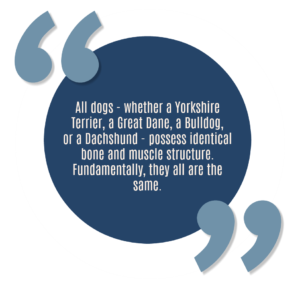 Excellent grooming starts always starts with a firm understating of canine anatomy. It is the FOUNDATION of all grooming.
Excellent grooming starts always starts with a firm understating of canine anatomy. It is the FOUNDATION of all grooming. “Give my dog a puppy cut.”
“Give my dog a puppy cut.”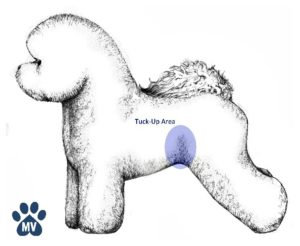 What is the tuck-up area on a dog?
What is the tuck-up area on a dog?
